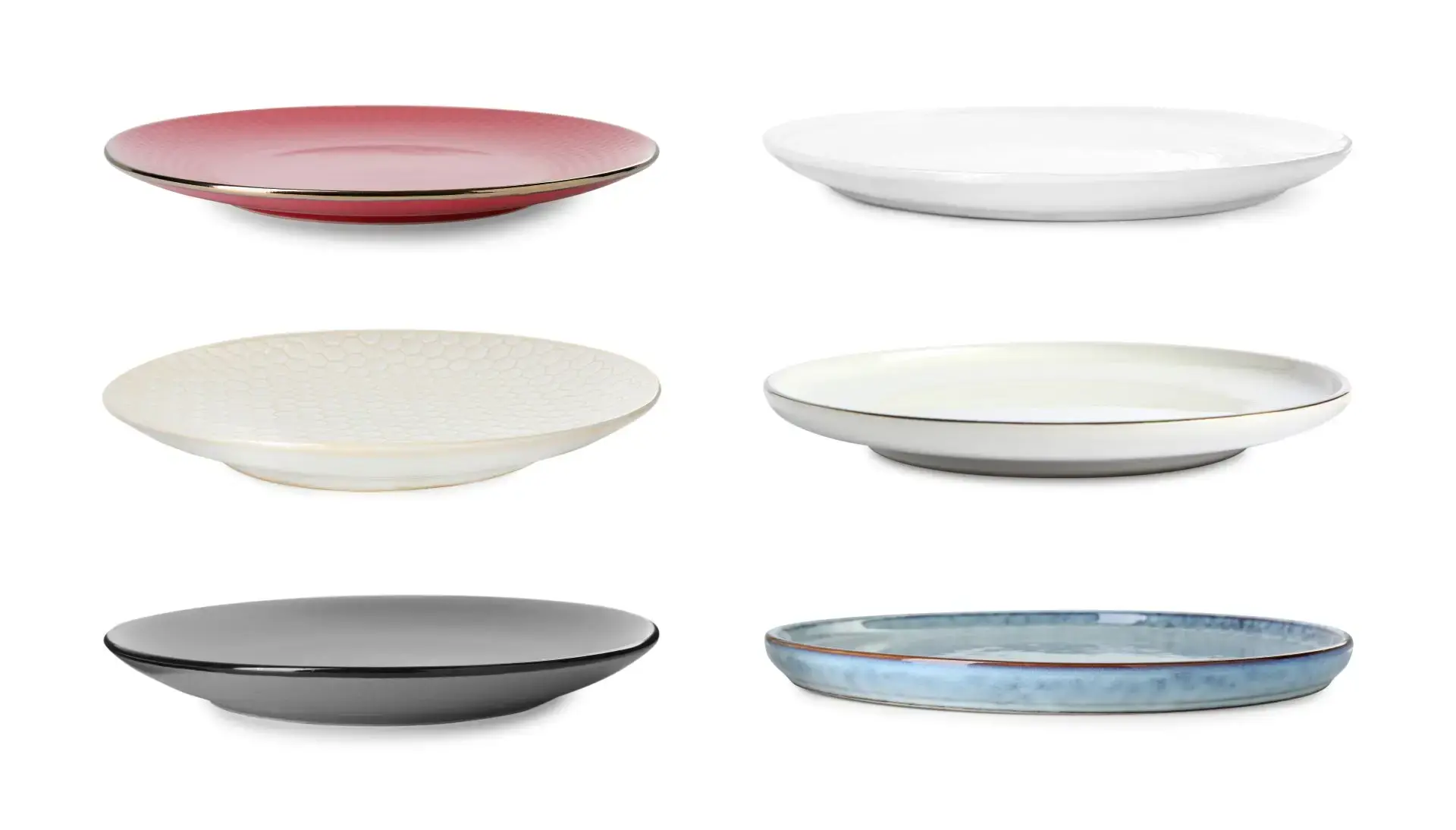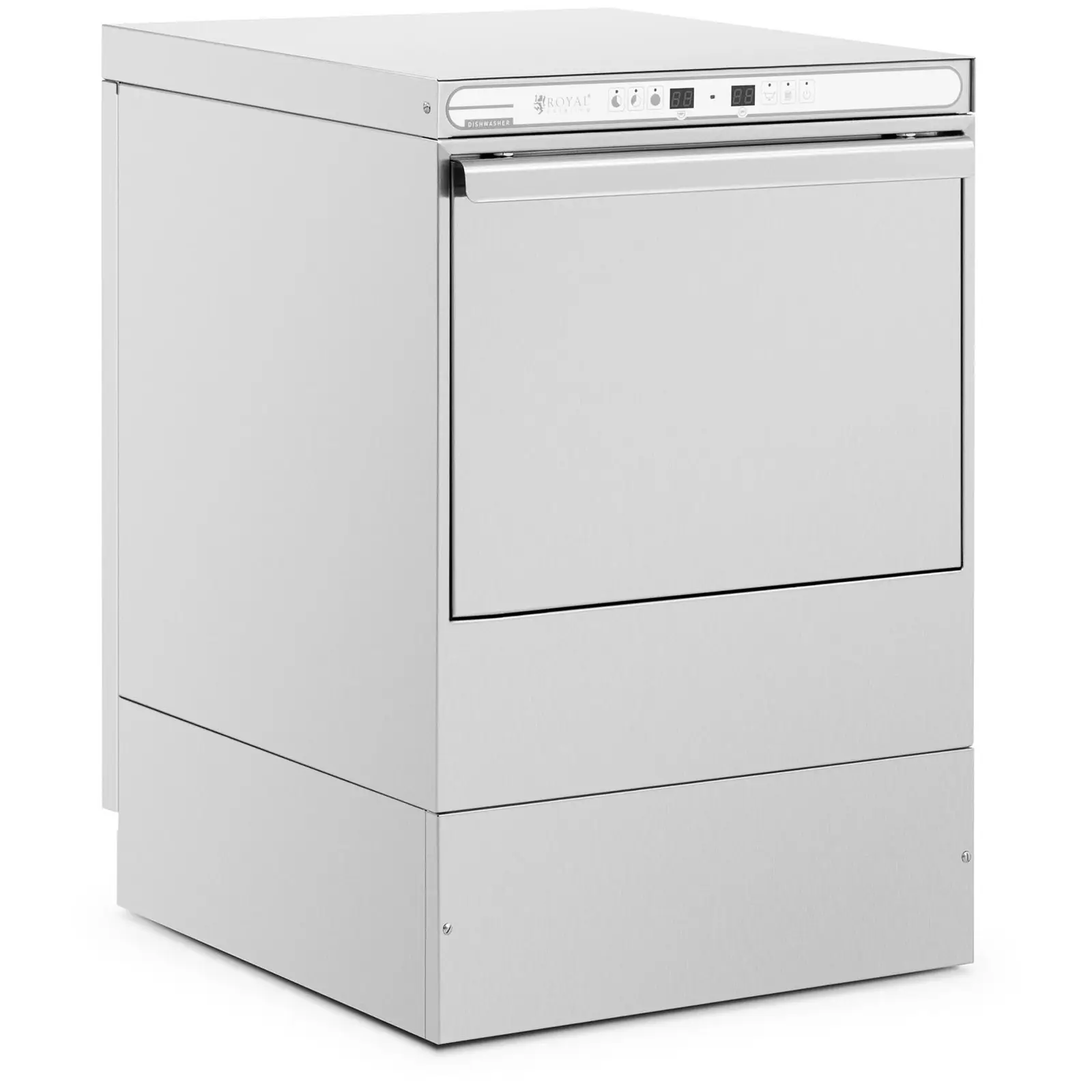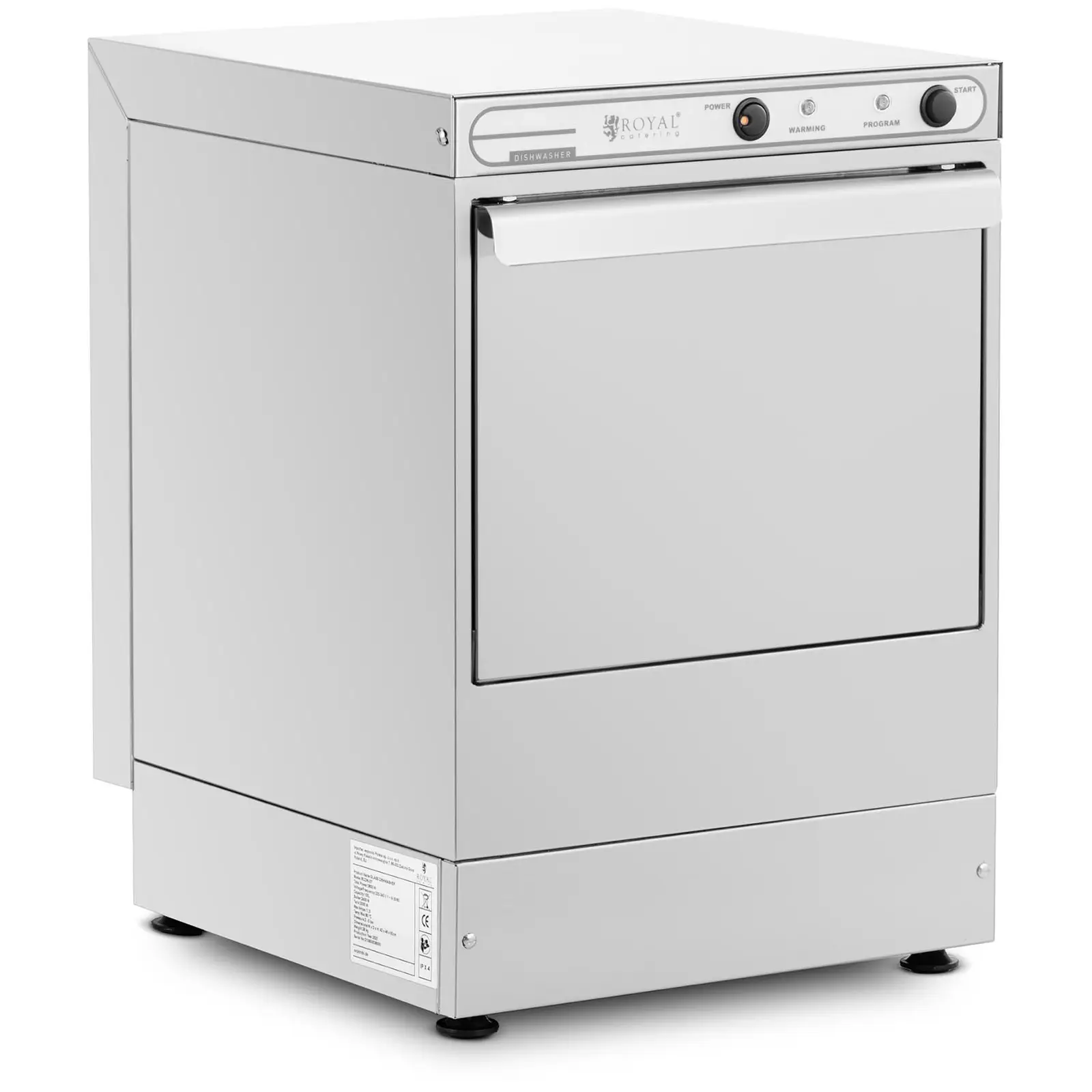In the world of gastronomy, the right selection of plates for the dishes served can completely change the culinary experience. From classic porcelain to modern bamboo solutions, the selection of plates is as diverse as the kitchen itself. In this article, we will look at the different types of plates used in the catering industry to help you choose the perfect tableware that will elevate your dishes and impress your guests.

In the world of gastronomy, the right selection of plates for the dishes served can completely change the culinary experience. From classic porcelain to modern bamboo solutions, the selection of plates is as diverse as the kitchen itself. In this article, we will look at the different types of plates used in the catering industry to help you choose the perfect tableware that will elevate your dishes and impress your guests.
Basic types of plates and their uses
In every kitchen, regardless of style and culture, basic types of plates are the foundation for serving and presenting dishes. The right choice of plate not only enhances the taste and visual qualities of the dish, but also contributes to creating an unforgettable culinary experience.
- Shallow plates are the most universal type of plates and are used to serve most main courses. Their flat surface and gently raised edges make them ideal for serving a variety of dishes, from steaks to vegetarian dishes. Shallow plates are not only practical but also allow for an effective presentation of the dish.
- Deep plates, often also called bowls, are intended for serving dishes with more sauce or broth, such as soups, stews, or risotto. Their depth prevents liquids from spilling, and the wide edges make it easier to mix and serve food. Deep plates can also be used to present less traditional dishes, such as salads with rich dressing or Asian dishes with lots of sauce.
- Dessert plates are smaller than main course plates and emphasize the delicacy and aesthetics of the desserts. Their size is perfectly suited to a portion of cakes, ice cream, or fruit, and the variety of shapes and patterns adds uniqueness to each sweet dish. Dessert plates are often characterized by a more ornate design, which makes them a decorative element of the table.
- Snack and tapas plates are suitable for serving smaller portions and are essential for parties or tapas restaurants. These are usually small plates that can be round, square, or formed in other creative shapes, allowing you to showcase a variety of flavors and textures. Snack plates are useful when serving tasting portions, allowing guests to try many different dishes during one meal.
Special serving plates
In addition to the basic plates, there are also various specialized types that are designed to serve specific dishes. These special serving plates not only make it easier to eat a given type of dish, but also emphasize its character.
- Sushi and sashimi plates are examples of special serveware that meet the needs of a specific type of cuisine. They are usually longer and narrower than standard plates, which allows for an elegant presentation of delicate pieces of fish and seafood. Their minimalist design emphasizes the simplicity and subtlety of Japanese cuisine.
- Pizza plates are characterized by a large diameter, which allows convenient serving and cutting of pizza. Their flat bottom and small edges are perfect for serving both thin, crispy bases and those with a thicker consistency. These plates often have decorative motifs referring to Italian culture and cuisine.
- Pasta plates are deeper than traditional shallow plates, allowing you to easily mix pasta with sauce and other ingredients. Their contoured edges help keep the food on the plate, ensuring that the sauce does not spill outside.
- Soup plates are distinguished by even greater depth, which is necessary for serving brothy and thick soups. Their shape ensures that the soup remains warm for a longer time, and the wide edges make it easier to safely carry the hot dish.
What’s the best plateware material?
The choice of material from which plates are made has a significant impact on the presentation of dishes and the culinary experience. The variety of materials available on the market allows you to match the dishes to the style and atmosphere of each meal, from everyday lunches to elegant dinners.
- Porcelain is a classic choice, associated with elegance and high quality. Thanks to its smoothness and white color, it perfectly displays dishes. Porcelain plates are scratch-resistant and easy to maintain, making them a popular choice in many restaurants.
- Ceramics offer more warmth and homeliness thanks to their texture and rich color palette. Ceramics are characterized by high durability and resistance, as well as the uniqueness of each piece, which allows you to create a unique presentation of dishes.
- Glass is another material that can be used for unique food presentation. Glass plates add modernity and elegance, allowing you to admire the dish from all sides. They are perfect for serving desserts and cold snacks.
- Bamboo and wood are becoming increasingly popular due to their ecological benefits and natural appearance. Plates made of these materials are light, durable and add a rustic charm to the dishes. They are especially recommended for presenting organic and vegan dishes.
The choice of plate material can emphasize the character of the dishes served, influencing not only the aesthetics, but also the taste and thermal sensations. Each material offers unique advantages that can be used to enhance the quality of the culinary experience.
How to clean and care for plates?
To effectively clean and care for your plates, you should follow a few simple habits that will not only make it easier to keep them in perfect condition, but also extend their life. Start by using a gentle dishwashing liquid and a soft sponge, which is especially important for porcelain and ceramic plates, to avoid the risk of scratches. These materials, as well as most glass, are safe to use in the dishwasher, unless they are decorated with elements sensitive to high temperatures, such as gilding or hand-painted patterns. Remember to remove any food remains from the plates before placing them in the dishwasher to prevent the device’s filters from clogging.
For plates made of natural materials, such as bamboo or wood, it is recommended to wash them by hand, because long-term exposure to water and high temperatures may lead to their deformation or cracking. After washing, regardless of the method, dry the plates thoroughly, preferably with a soft cloth, to avoid water stains. Store them in a dry place, preferably in a vertical position or with minimal contact between individual plates to minimize the risk of scratches.
Additionally, regularly check the plates for possible damage, such as cracks or chips, which may become breeding grounds for bacteria. It is also worth paying attention to the manufacturer’s instructions regarding the maintenance and cleaning of specific materials, which may significantly affect the care method. By following these tips, you can easily keep your plates in perfect condition, so that they are ready to be used on any occasion.
To sum up, proper selection and care of plates in gastronomy play a key role not only in the presentation of dishes, but also in creating unforgettable culinary experiences. When choosing plates, it is worth paying attention to their material, shape, and purpose to perfectly match the dishes served. Regardless of whether you choose porcelain, ceramics, glass, or dishes made of natural materials, remember about proper maintenance.












Share